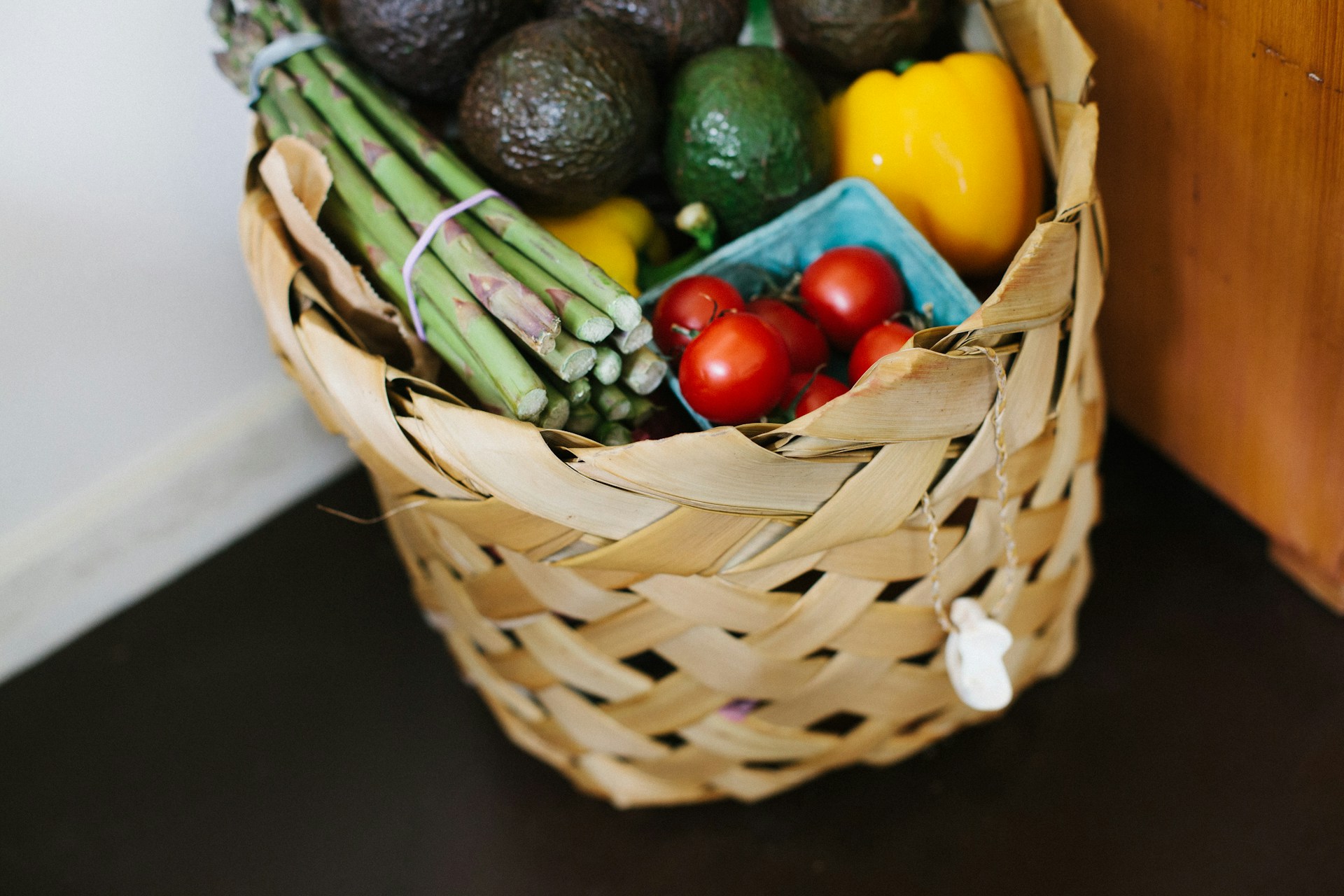
Grocery shopping isn’t what it used to be. Prices keep changing, and sometimes, the products themselves change too. You might think you’re buying the same cereal or cheese you always have, but what’s inside the box or bag could be different. Stores and brands often swap out ingredients or suppliers to save money, and they don’t always tell you. This matters because you might be paying the same price for something that’s not as good as before. Knowing which grocery items are most likely to be swapped with cheaper versions can help you make better choices and get the value you expect.
1. Breakfast Cereals
Breakfast cereals are a staple in many homes. But over the past few years, many brands have quietly changed their recipes. Some have replaced whole grains with cheaper fillers like corn or rice. Others have cut back on nuts, dried fruit, or even the amount of cereal in the box. You might notice your favorite cereal tastes a little different or gets soggy faster. If you want to avoid these swaps, check the ingredient list every few months. Look for changes in the order of ingredients or the addition of new ones.
2. Shredded Cheese
Shredded cheese is convenient, but it’s also a product that’s often swapped with cheaper versions. Many brands add more anti-caking agents or fillers like potato starch and cellulose to bulk up the product. This means you get less real cheese and more filler. The cheese might not melt as well or taste as rich. If you want pure cheese, buy a block and shred it yourself. It’s usually fresher and gives you more for your money.
3. Canned Tuna
Canned tuna used to be packed with solid chunks of fish. Now, many cans are filled with flakes or even mushy bits. Some brands have switched from higher-quality albacore to skipjack or other cheaper fish. The cans might look the same, but the contents are not. Always check the label for the type of tuna and the percentage of water or oil. If you see “light tuna” instead of “white” or “albacore,” you’re probably getting a cheaper version.
4. Yogurt
Yogurt is another item that’s changed a lot. Some brands have swapped out real fruit for flavored syrups or artificial sweeteners. Others have reduced the amount of milk fat or added thickeners to make the yogurt seem creamier. These changes can affect both taste and nutrition. If you want real yogurt, look for short ingredient lists and avoid products with lots of additives.
5. Frozen Vegetables
Frozen vegetables seem simple, but even these can be swapped with cheaper versions. Some brands use lower-quality produce or add more stems and less of the actual vegetable. You might find more ice crystals or water in the bag, which means you’re paying for less food. To get the best value, look for brands that list only the vegetable on the ingredient list. Avoid blends with sauces or seasonings, as these often hide lower-quality veggies.
6. Bottled Juice
Bottled juice is often diluted with water or mixed with cheaper juices like apple or grape. The label might say “100% juice,” but that doesn’t mean it’s all orange or cranberry. Brands use blends to cut costs, and the flavor can suffer. Always check the ingredient list to see what’s really inside. If the first ingredient isn’t the juice you want, you’re probably getting a cheaper version.
7. Deli Meats
Deli meats are a classic example of grocery items swapped with cheaper versions. Many brands add more water, fillers, or even soy protein to stretch the meat. This can make the slices look bigger, but reduces the actual meat content. The taste and texture can change, too. If you want real meat, ask the deli counter for freshly sliced options and check for short ingredient lists.
8. Ice Cream
Ice cream used to be made with cream, milk, and sugar. Now, many brands use more air, vegetable oils, and artificial flavors. This makes the ice cream cheaper to produce but less creamy and rich. The container might even be smaller than before. If you want real ice cream, look for products labeled “ice cream” instead of “frozen dessert.” The FDA has guidelines on what can be called ice cream.
9. Peanut Butter
Peanut butter is often swapped with cheaper versions by adding more sugar, salt, or hydrogenated oils. Some brands use fewer peanuts and more fillers. This can change the flavor and make the spread less healthy. If you want pure peanut butter, look for jars that list only peanuts and maybe salt as ingredients.
10. Bread
Bread is a basic grocery item, but it’s often changed to cut costs. Some brands use more high-fructose corn syrup, preservatives, or cheaper flours. The bread might feel softer or last longer, but it’s not as nutritious. If you want better bread, look for whole grain as the first ingredient and avoid long lists of additives.
How to Spot Cheaper Versions Before You Buy
Grocery stores and brands will continue to seek ways to save money, leading to more products being replaced with cheaper alternatives. The best way to protect yourself is to read labels, compare ingredients, and pay attention to changes in taste or texture. If something seems off, it probably is. Being aware of these swaps helps you get the quality you expect and avoid paying more for less.
Have you noticed any grocery items that seem different lately? Share your experiences in the comments.
Read More
10 Reasons Why Aldi’s Is the Best Grocery Store Ever
Ever Wondered What the Average Price of a Gallon of Milk Is Across the Country? Here’s the Scoop
The post 10 Grocery Items That Were Quietly Swapped With Cheaper Versions appeared first on Grocery Coupon Guide.







